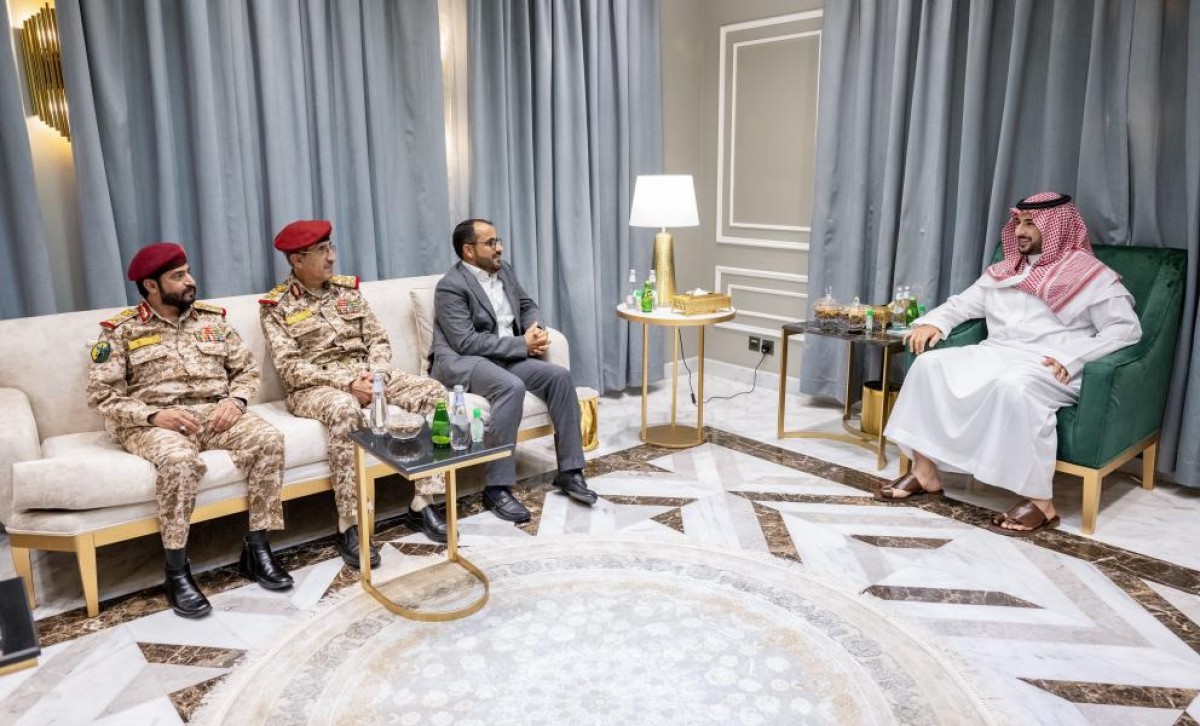Where are the efforts of Riyadh and Muscat heading to achieve peace in Yemen?


Within a framework of complete secrecy, communications continue between Riyadh and Muscat on the one hand and Sana’a on the other hand, with the aim of reaching specific features for a road map agreed upon by the Yemeni parties in preparation for starting the search for an acceptable, peaceful, comprehensive and lasting political solution to the Yemeni conflict.
Security and military arrangements
Despite the extreme secrecy and ambiguity that still surrounds the course of the current round of discussion between representatives of the Ansar Allah Houthi movement and Saudi and Omani officials, the appearance of military commanders alongside the movement’s chief negotiator, Mohammed Abdul Salam Fleita, during their meeting with Saudi Defense Minister Khalid bin Salman Al Saud, before these people return to Sanaa for consultations, suggests that security and military arrangements between Saudi Arabia and the Houthis may be seriously discussed if their basic lines have not been reached, in order to secure the borders in southern Saudi Arabia, as a primary security goal for Riyadh, and as a prelude that leads to a next stage of the relationship with the Houthis. Within the hoped-for political entity for neighboring Yemen.
Confidence building measures
It does not appear that Saudi Arabia and Oman are moving in a direction different from the path taken by the United Nations since the beginning of the conflict to address the Yemeni crisis. But it can be said that Riyadh and Muscat are trying to rearrange the priorities of the international plan with mechanisms and measures that are in line with the reality of the situation imposed, on the one hand, by Saudi Arabia’s desire to gradually withdraw from the Yemeni scene, and on the other hand, the relative field superiority of the Houthi movement at the expense of the other camp opposing it, north and south, which Some of its parties do not hide their complaint about what they call “the coalition’s betrayal” of them in exchange for “continuing Iranian support for the Houthis” in various forms.
The semi-agreed upon confidence-building measures in Riyadh with the Houthis include an understanding and acceptance of the following items:
- Transforming the fragile truce in Yemen into a permanent and comprehensive ceasefire.
- Exchanging the release of prisoners, detainees, detainees and those forcibly disappeared by both parties.
- Paying the salaries of employees of the military and civil services in Yemen after they were interrupted for about eight years of war, according to the statements of 2014 before the Houthis’ coup against the outcomes of the National Dialogue Conference and their seizure of power by force of arms.
- Allowing the flow of goods, food, and medicines and allowing travel, through various Yemeni ports and airports.
Theoretically, it is assumed that success in achieving the tasks of this stage will lead to the return of all parties to the Yemeni conflict to the political path that has been stalled since late 2018, but the path will return, if it returns, amid the change in many features of the previous political scene that it stopped at when it reached... In December 2018, what was known as the “Stockholm Agreement” regarding the port of Hodeidah.